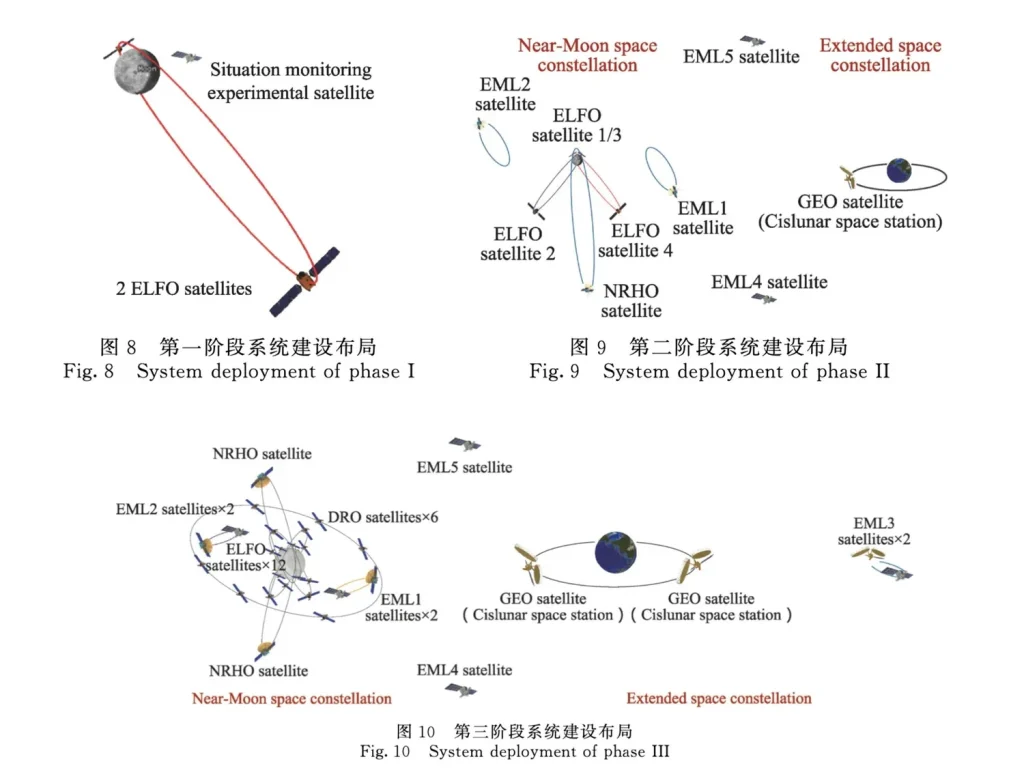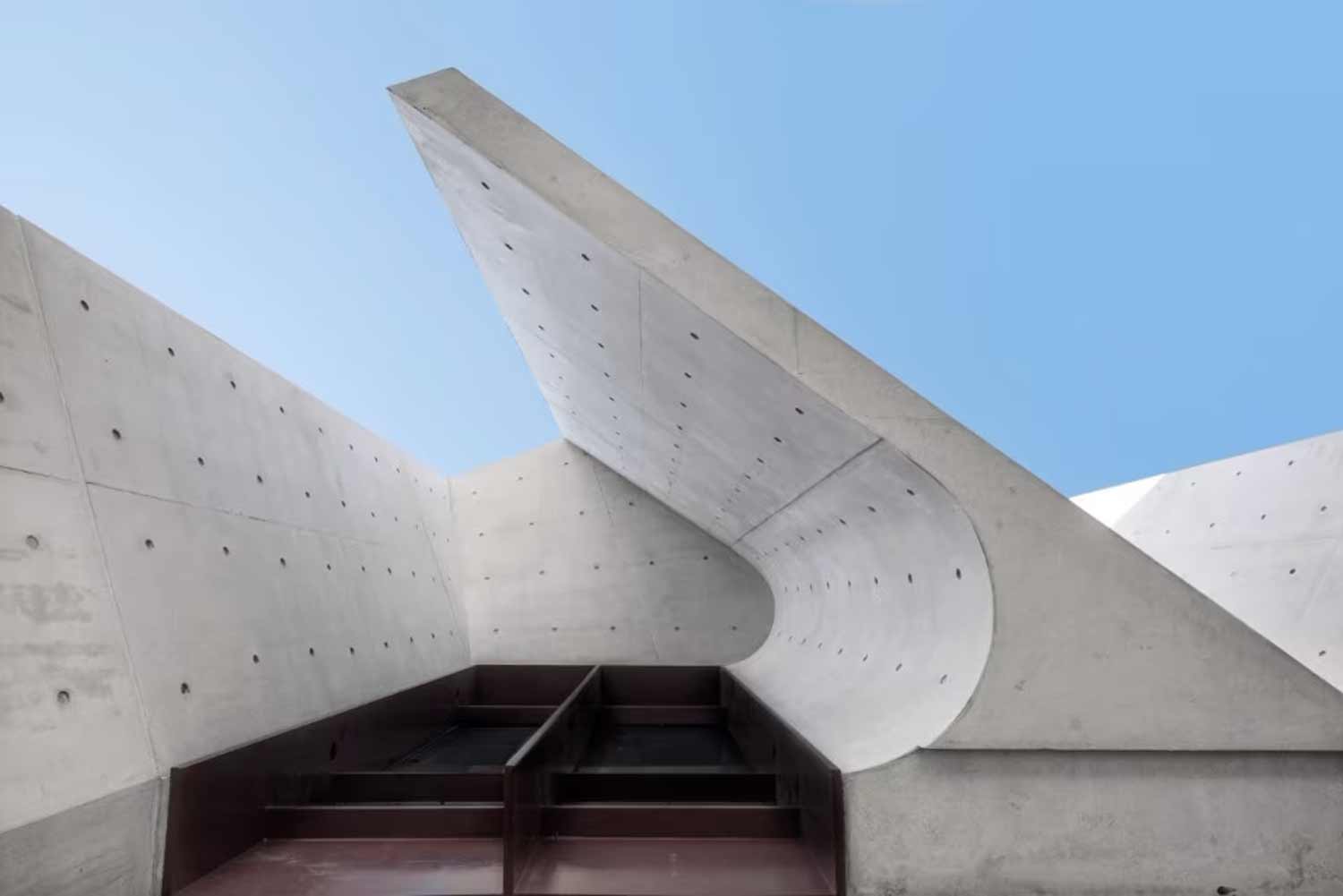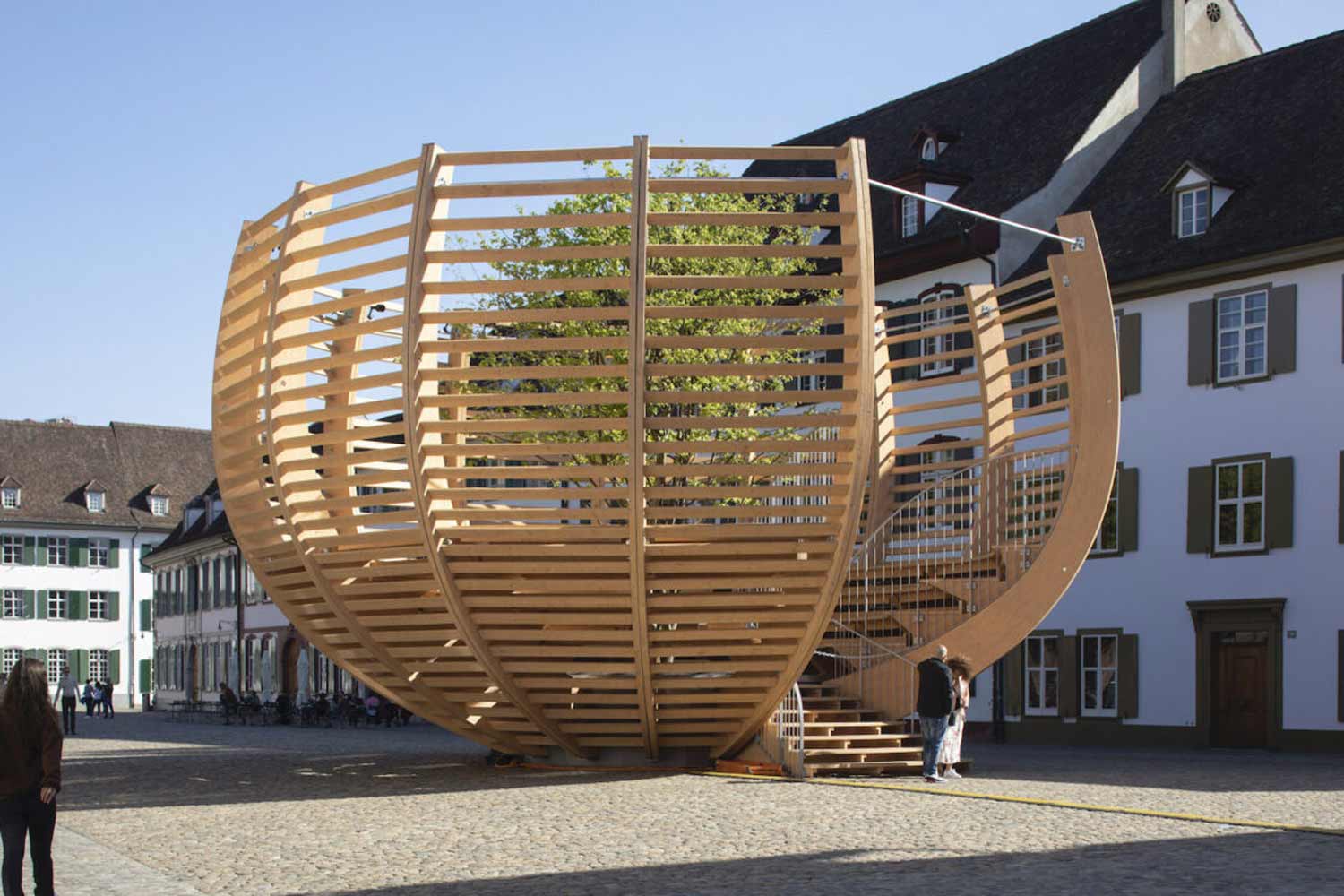A highway will be built between the Earth and the Moon, but it will not be physical roads but information networks. So, Chinese scientists recently unveiled plans for a comprehensive satellite network that would revolutionize communications. The digital highway between Earth and Moon would provide real-time communications and tracking services to users globally.
“Cislunar space has become a new frontier for human activities,” wrote the team led by Yang Mengfei, chief designer of China’s Chang’e-5 mission according to SCMP News, and added, “Space activities in this region are set to expand rapidly over the next decade, driving a new round of global competition.”
“The competition for resources such as orbital slots and radio frequencies is already on and will only get more intense in the future. China urgently needs to establish a top-level road map to develop cislunar space infrastructure and gain a competitive edge in the emerging cislunar economy.”
Scientists are describing the network as an “information superhighway.” Strong communication is the key to reliable space travel, so the China Academy of Space Technology (CAST) and the Institute of Spacecraft System Engineering (ISSE) want to build an information highway to do just that. The main goal is to allow 20 or more people to communicate with Earth simultaneously via image, voice, or video.
The digital highway between Earth and Moon will also provide accurate positioning, navigation, and timing (PNT) for Earth-Moon flights and lunar surface operations. According to reports, China’s information highway will be implemented in three stages. Two satellites and a ground station will be installed in the first stage. In the second stage, 10 satellites and a second lunar station will be added. In the final stage, the satellite fleet will be increased to 30, and the last lunar base station will be put into operation.




















Leave a comment